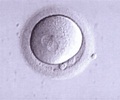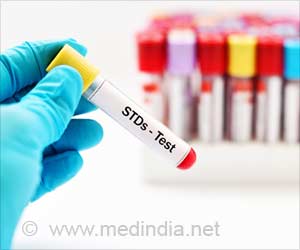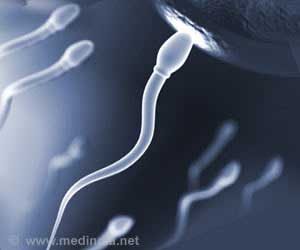Virginia Commonwealth University researchers have identified a gene that might help explain fertility problems in humans.
A gene, which might help explain human fertility difficulties, has been identified by Virginia Commonwealth University researchers.
In females, fertility depends upon the growth of a follicle, a structure that ultimately transforms to release a mature egg.In an ordinary cycle, one follicle, known as the dominant follicle, matures to release an egg, while the rest of the eggs produced in that cycle will die.
Disruption at any stage in the development of the follicle can prevent this maturation and impair fertility, as well as alter the production of hormones in the ovaries.
In the new study, lead researcher Dr Elizabeth McGee, associate professor of obstetrics and gynecology in the VCU School of Medicine, used a mouse model to examine the role of a gene known as Smad-3 in the early stages of follicular growth to understand the molecular mechanisms influencing fertility.
They looked at the signaling pathways involved in the follicles' response to follicle stimulating hormone, or FSH, which is responsible for helping a woman's body develop a mature egg.
They found that female mice missing the Smad-3 gene did not experience normal ovulation and were infertile because there is a reduced ability of the follicle to respond to FSH stimulation.
Advertisement
"Learning precisely how the FSH receptor is regulated is an important step in understanding the subtle defects in signal transduction that can interfere with follicle development and female fertility and could lead to new types of fertility treatments," said McGee, who is director of reproductive endocrinology and infertility at the VCU Medical Center.
Advertisement
Source-ANI
TAN












